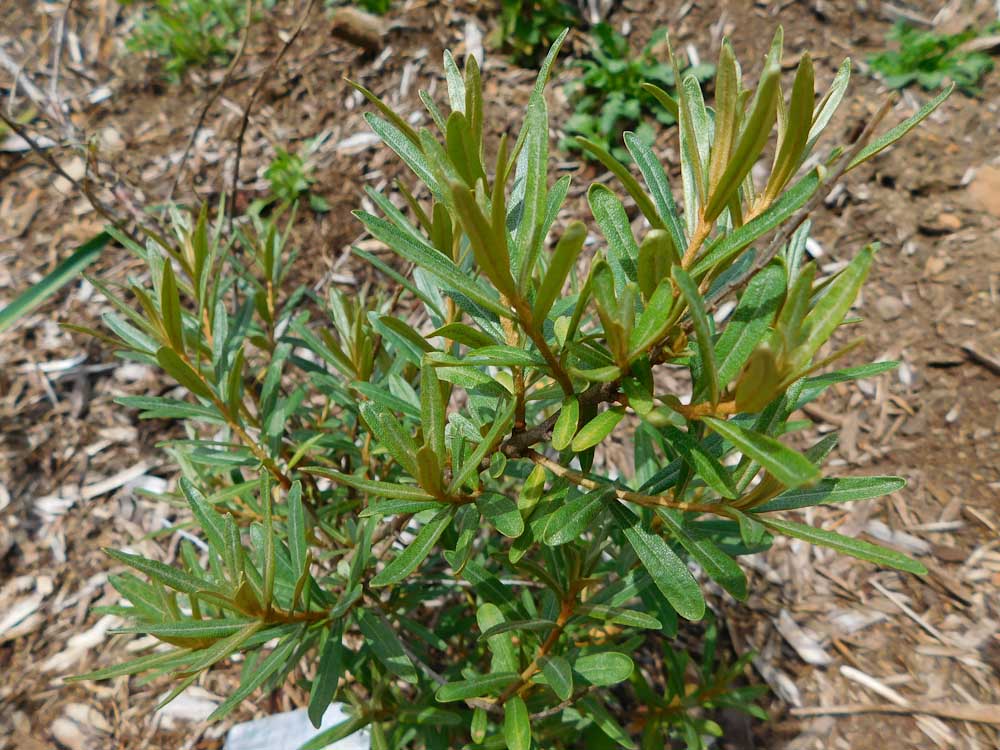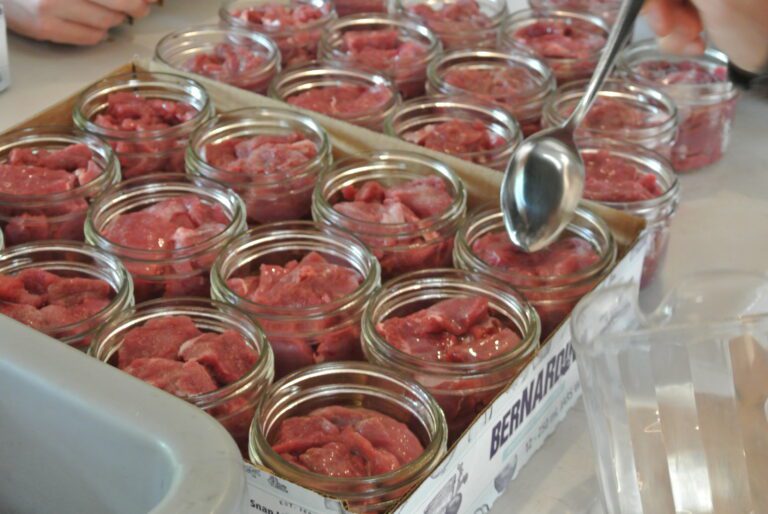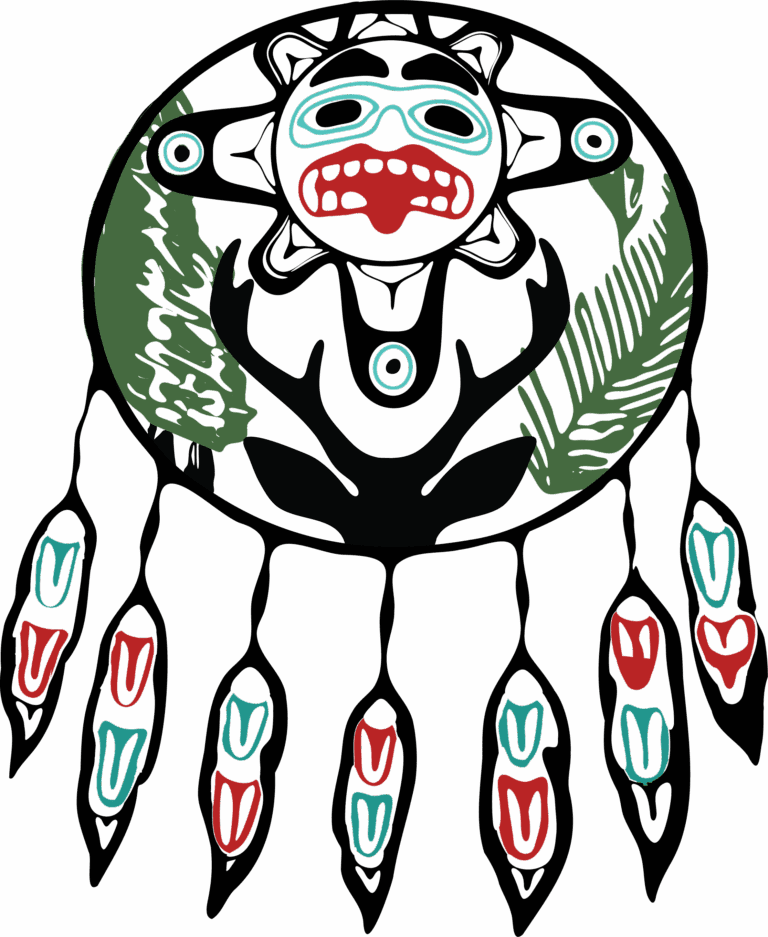An introduction to Galiano Conservancy’s remarkable forest garden.
Everything in a forest garden serves multiple functions. A permaculture forest garden mimics the architecture and beneficial relationships of the natural plant and animal community that occurs in that climate. Forest Gardens are not “natural”, but are designed and managed ecosystems that are very rich in biodiversity and productivity.
The site for the Galiano Forest Garden was chosen for good sun exposure and water drainage, depth of soil, and wind protection. The trees were spaced for their mature height, and were chosen for optimal nutrition, vigour, disease resistance, and performance.
Forest Gardens can take many forms. The Conservancy decided to go with Hugelkultur beds to create our forest garden. Hugelkultur beds are no-dig raised beds that rely on a gradual decay of wood as a consistent source of long-term nutrients for the plants. A large bed might give out a constant supply of nutrients for 20 years—or even longer if you use only hardwoods. The composting wood also generates heat which should extend the growing season. Soil aeration increases as those branches and logs break down, meaning the bed will be no-till for the long term. The logs and branches act like a sponge. Rainwater is stored and then released during drier times. Watering becomes less and less necessary once the plants are established.
The structure of the forest garden begins with fruit and nut trees which are chosen for resilience and taste. Then come the bulbs—edible daylily, alliums like garlic and perennial onion—which absorb excess nitrogen in the springtime (when it is detrimental to fruit trees), and offer bee forage and ground cover.
Sages, flowering herbs, and bee forage plants like bergamot and clovers are planted to draw pollinators and beneficial insects. Perennial greens, such as Solomon’s seal and asparagus are planted where the water is sufficient to ensure their survival. Mineral-mining plants like comfrey and nettles are combined with medicinal herbs which we use for making herbal teas and concoctions.
All the seed from our self sowing annuals is open pollinated so that we can save seeds, or let them volunteer the following year. The efforts to perennialize annuals by allowing reseeding are very successful, so that there is no need to plant a whole list of veggies each year. Top reseeders are fennel, daikon, parsnips, carrots, parsley, calendula, tomatillo, tomato, amaranth, arugula, lamb’s quarters, kale, cilantro, lettuce, peas, buckwheat and mustard. Our plants are allowed to bloom, set seed and scatter it around, following their natural path. The seeds overwinter, and come out of the ground when they find conditions acceptable, making our lives easier.
If you’re interested in getting involved with Galiano Conservancy Association’s forest garden, the time is now. There’s still harvesting going on—we only stopped for the frosty winter weather— and next month we’ll need help sowing seeds and prepping the beds. Get in touch with Cedana!




